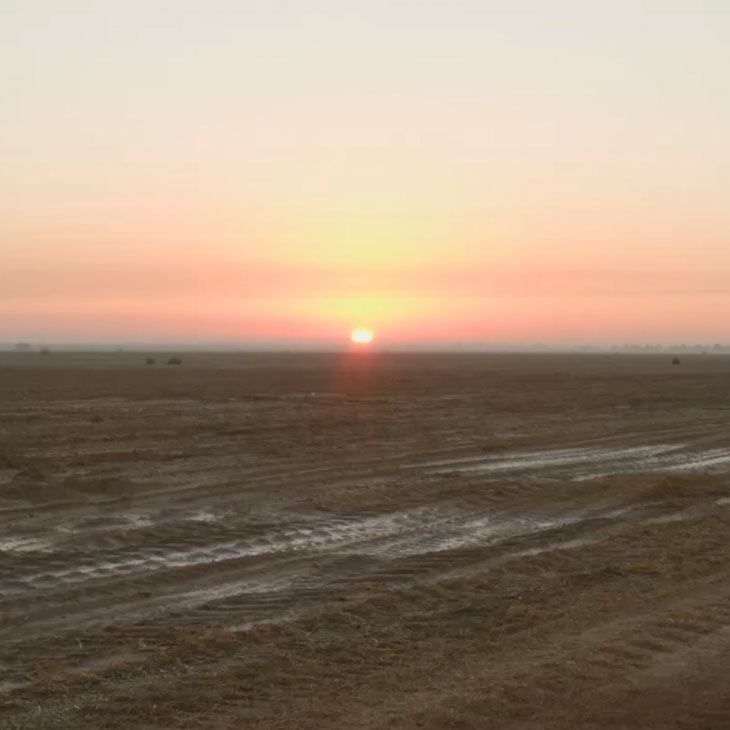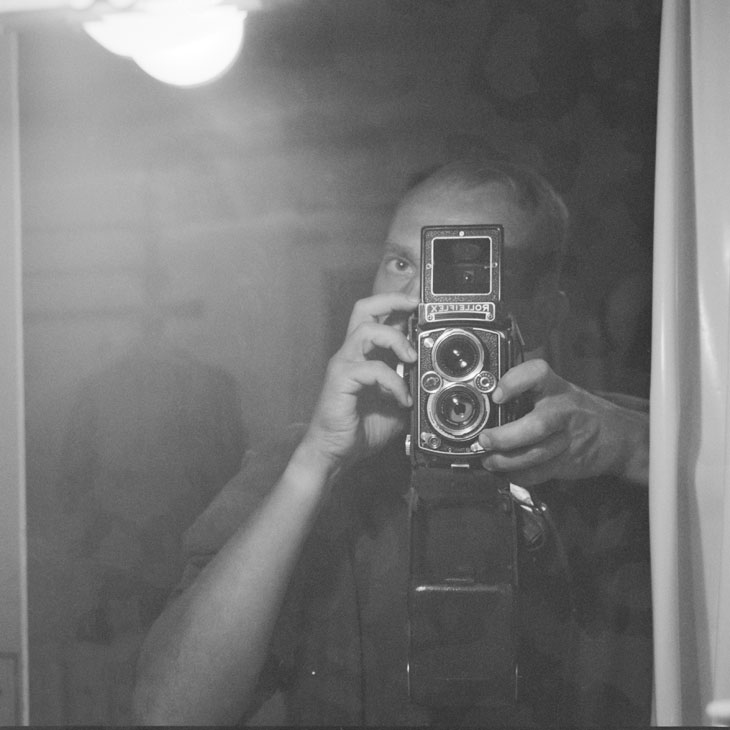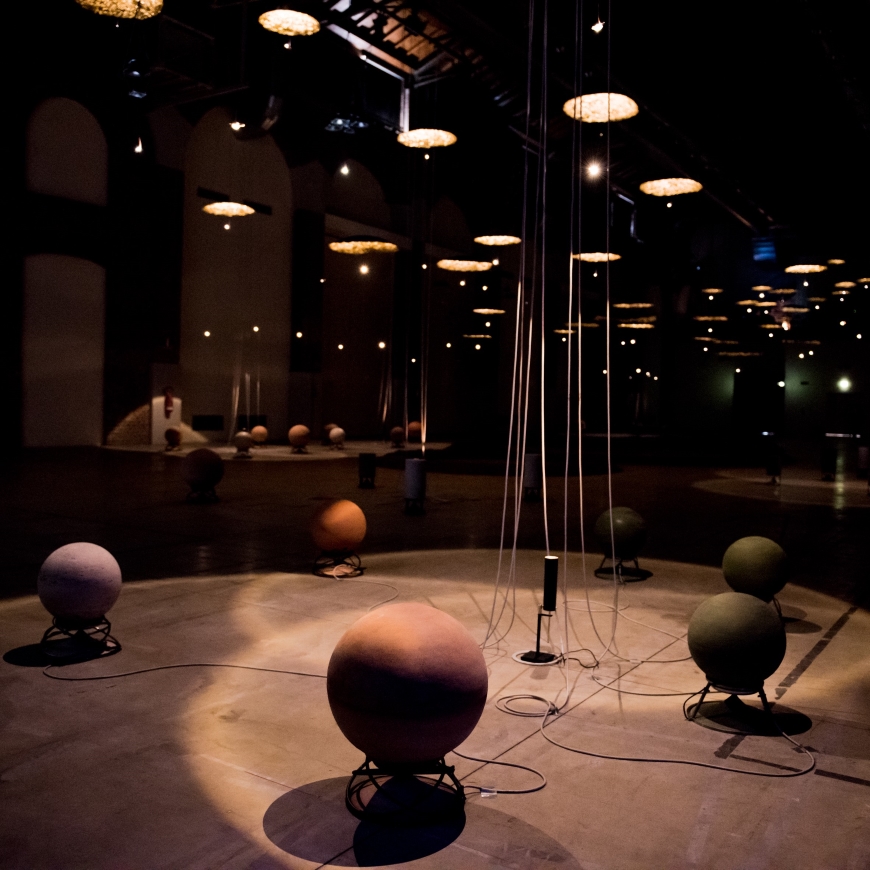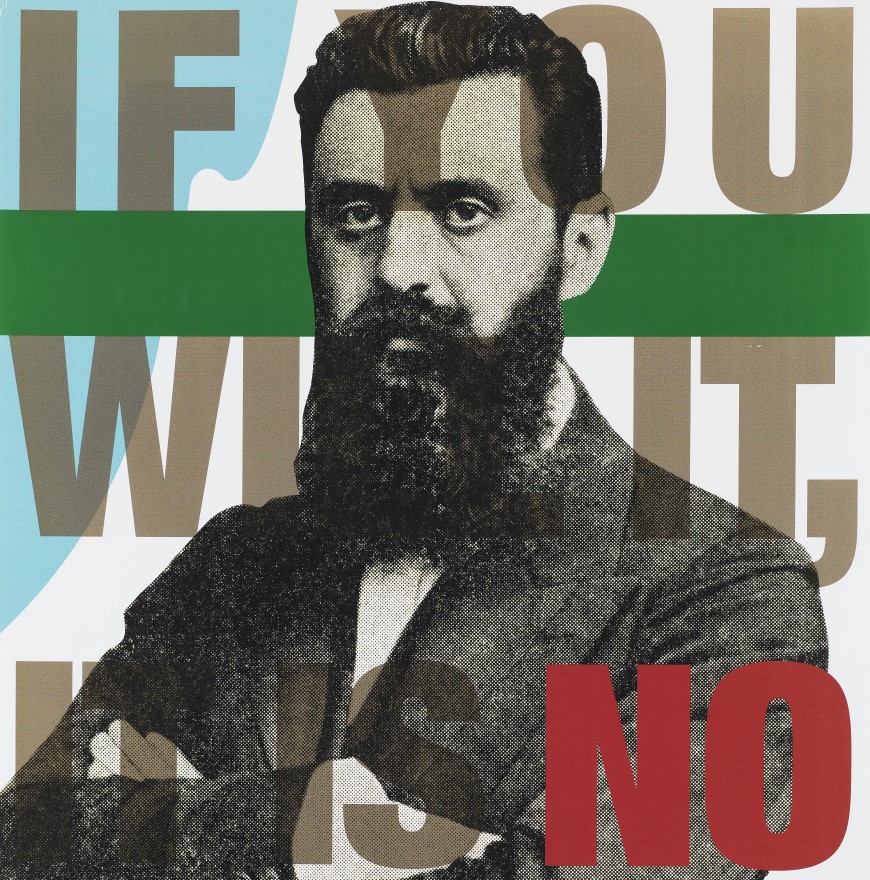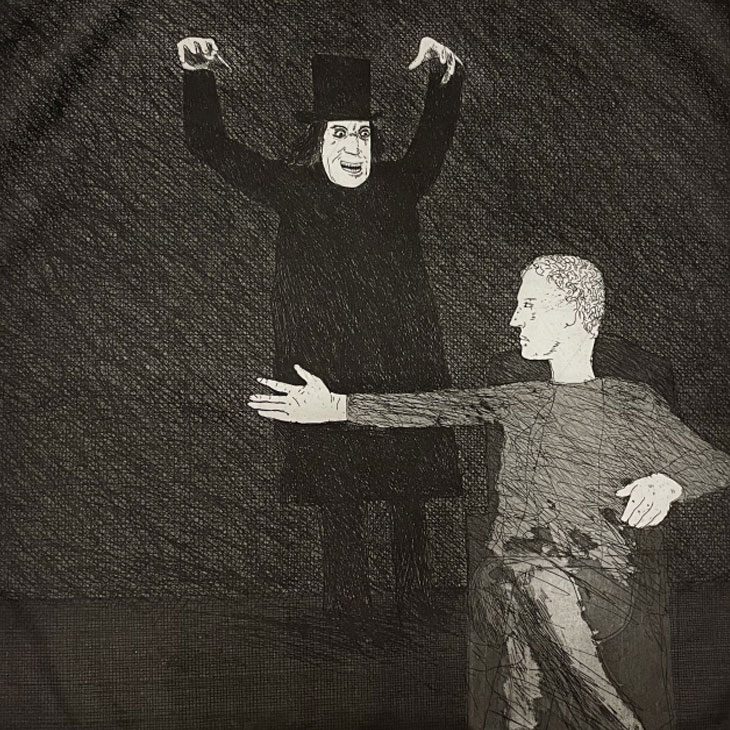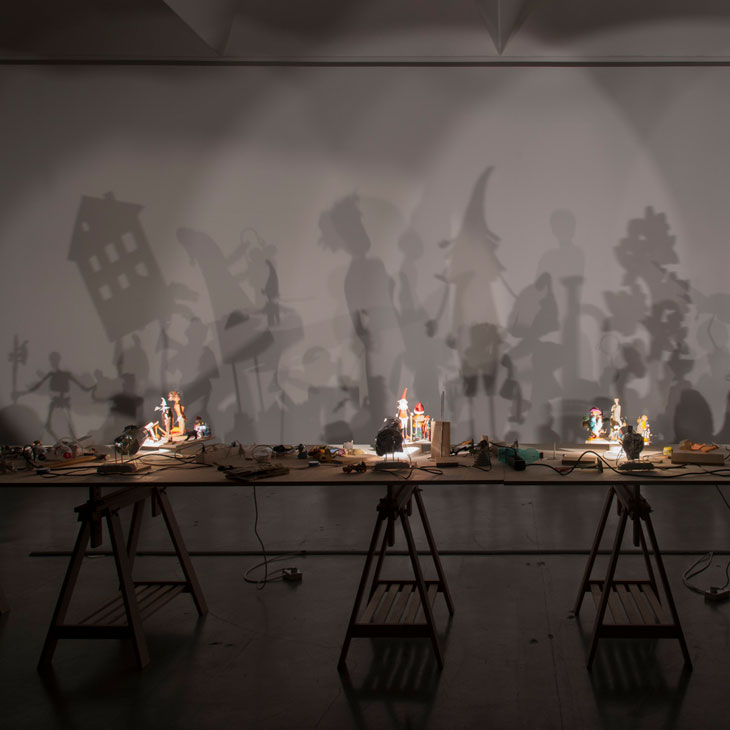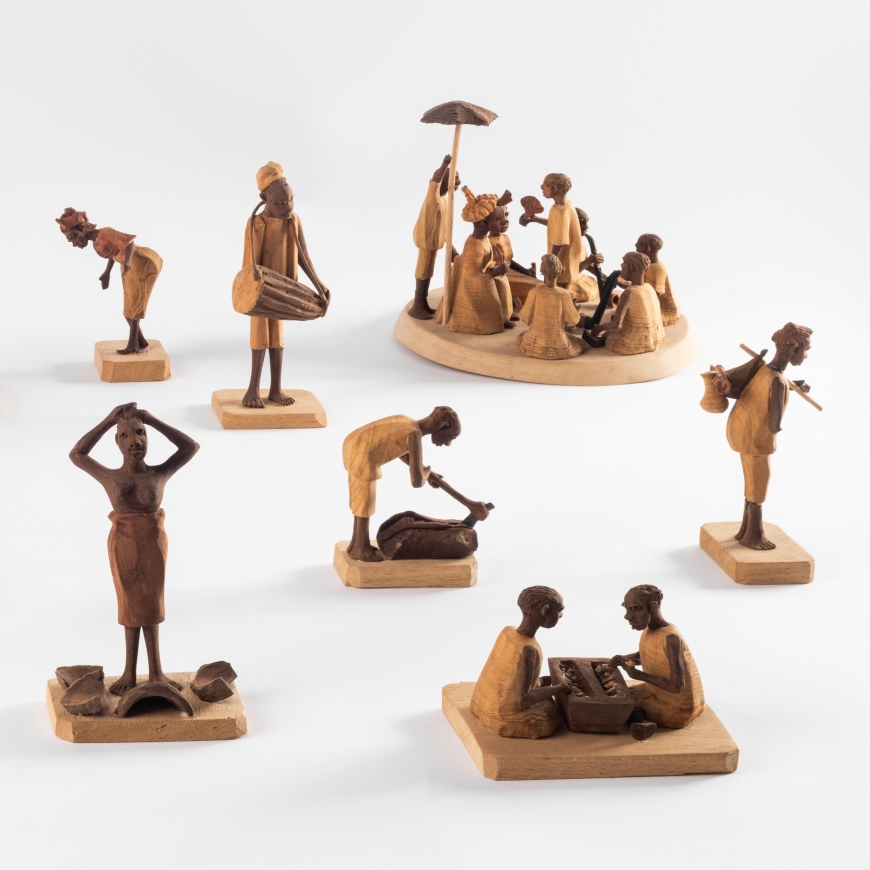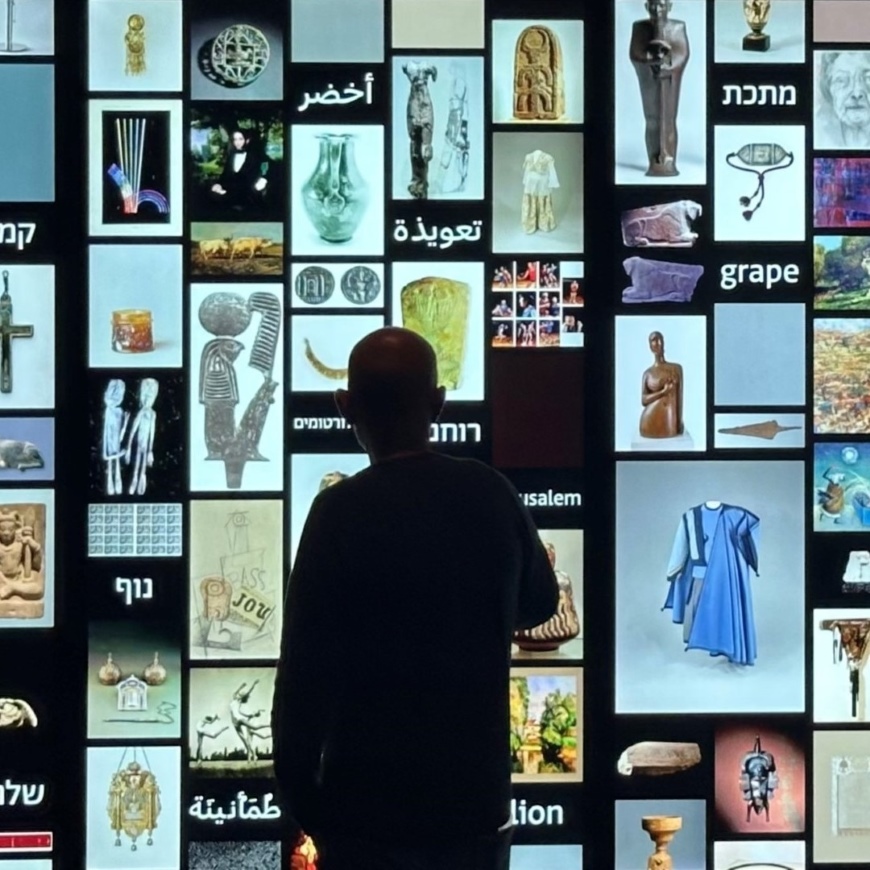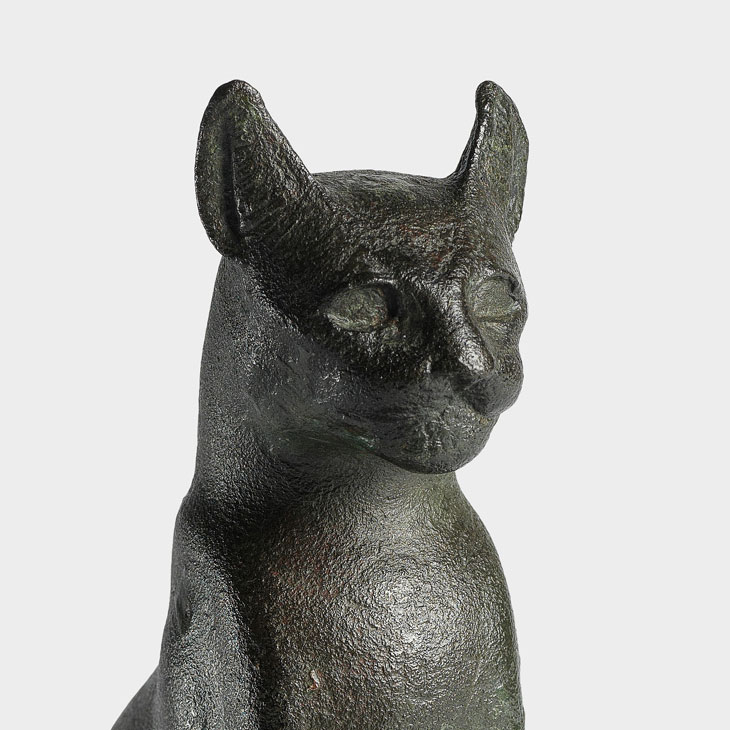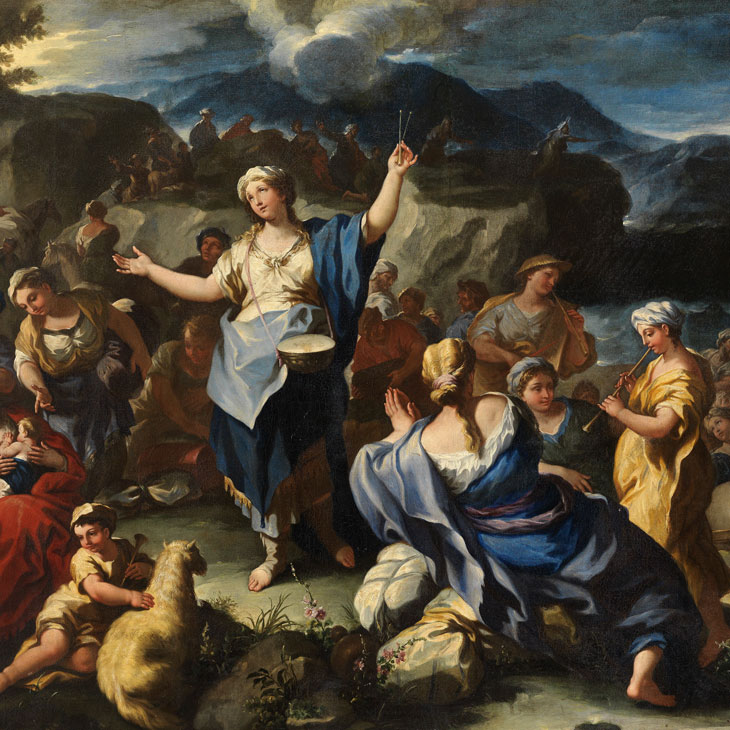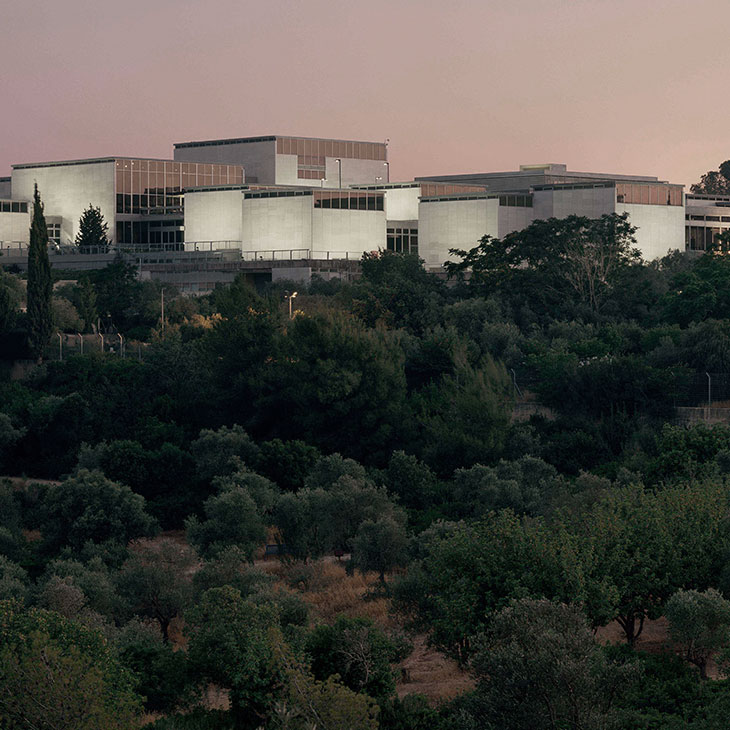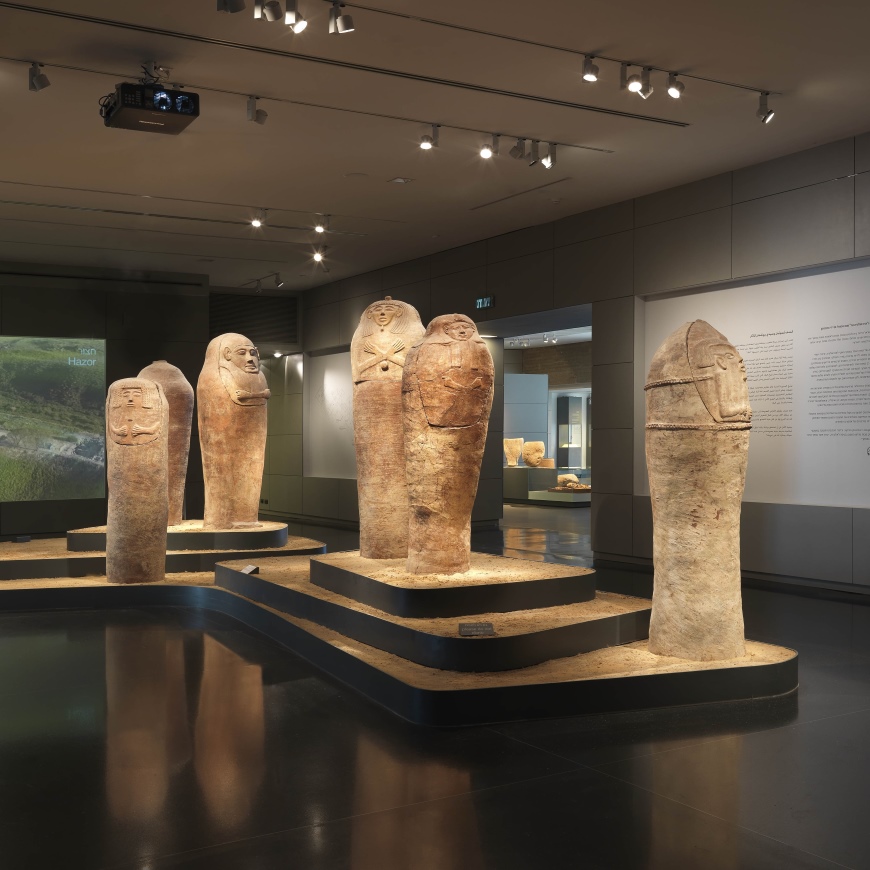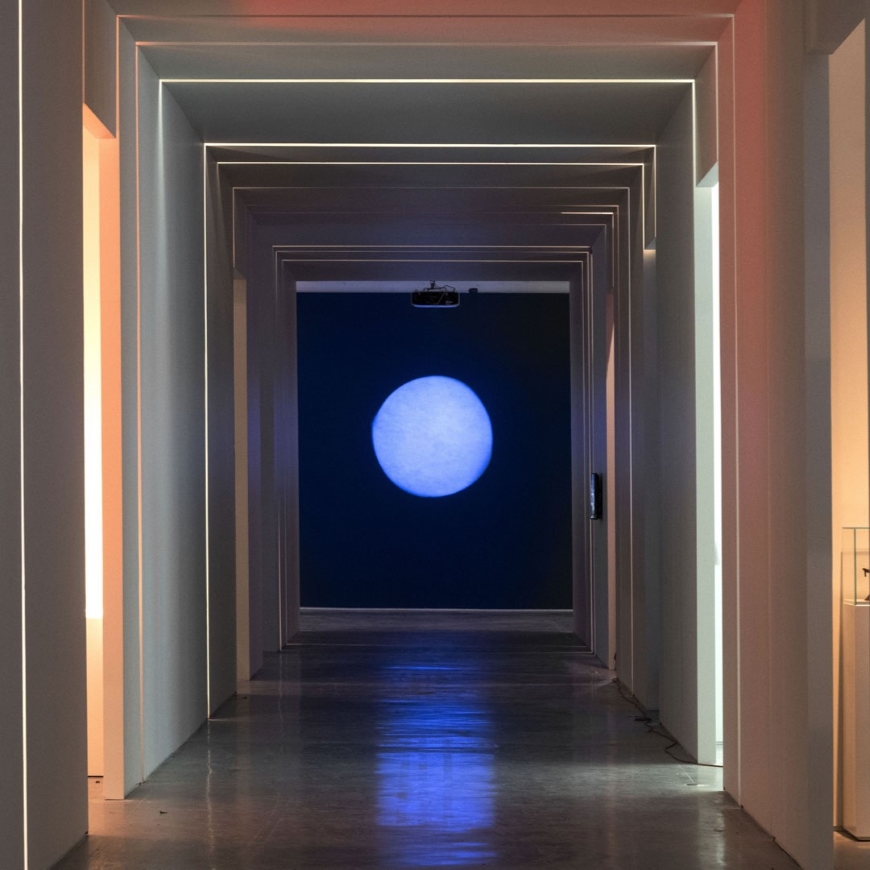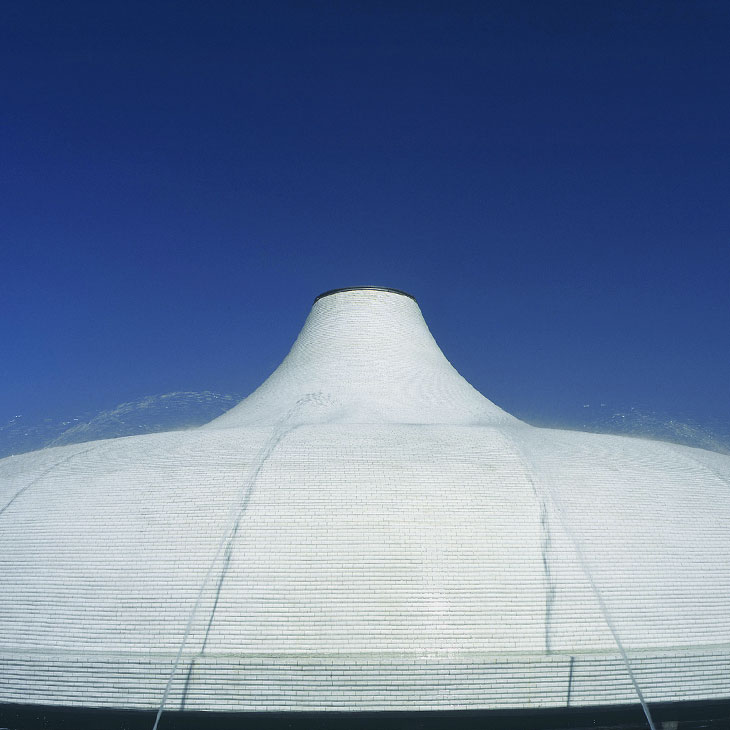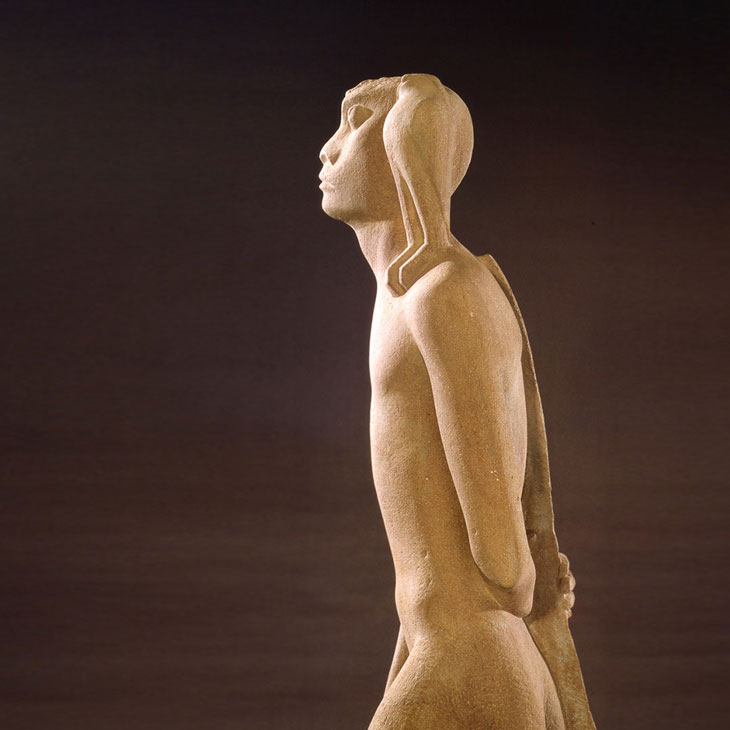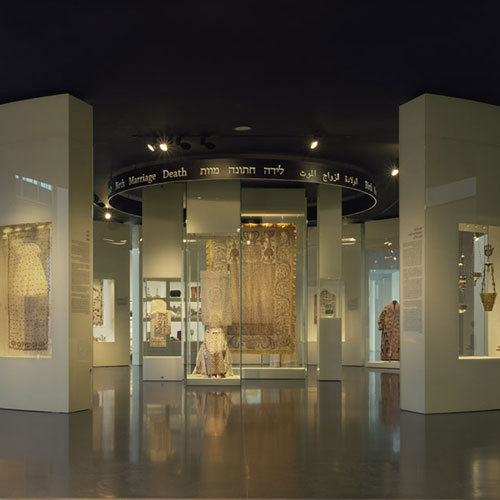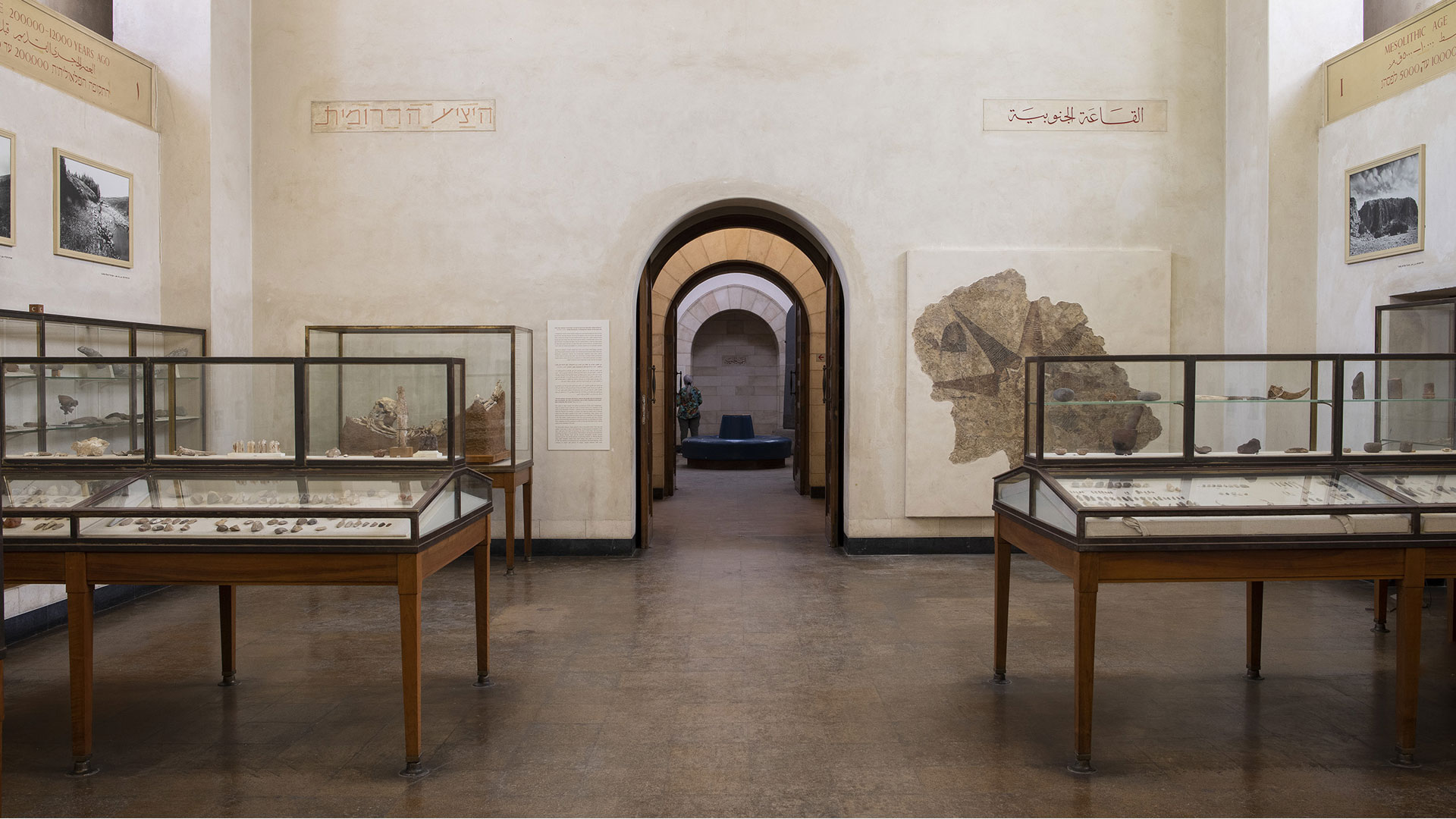
Special Display: The Star of Ghassul
At the Rockefeller Archaeological Museum
-
October 7 2021 - August 31 2023
Curator: Fawzi Ibrahim
-
Rockefeller Archaeological Museum
One of the earliest examples of the fresco technique, some 6,000 years old, was discovered at Teleilat Ghassul northeast of the Dead Sea.
The finds at this site had a profound impact on archaeology and played a key role in defining the culture and the limits of the Chalcolithic period. In our region, Chalcolithic society, made up of famers and shepherds, gave rise to the world’s first copper masters.
The eight-rayed star comes from a huge wall painting in one of the houses at the site. Painted on light plaster using red, black, white, and yellow pigments, it has a diameter of 1.84 meters. Presumably it represents the sun or some other celestial body, and may have been associated with the seasons or the cycle of life; perhaps it symbolized an ancient deity. The room in which the wall painting was found is thought to have served as a ritual shrine within ordinary residential buildings.
In 1936, four years after the site’s discovery, the fresco with the star was brought to the Rockefeller Museum. Recently restored and preserved for future generations, it can now be viewed in all its splendor in the Museum’s Southern Gallery.
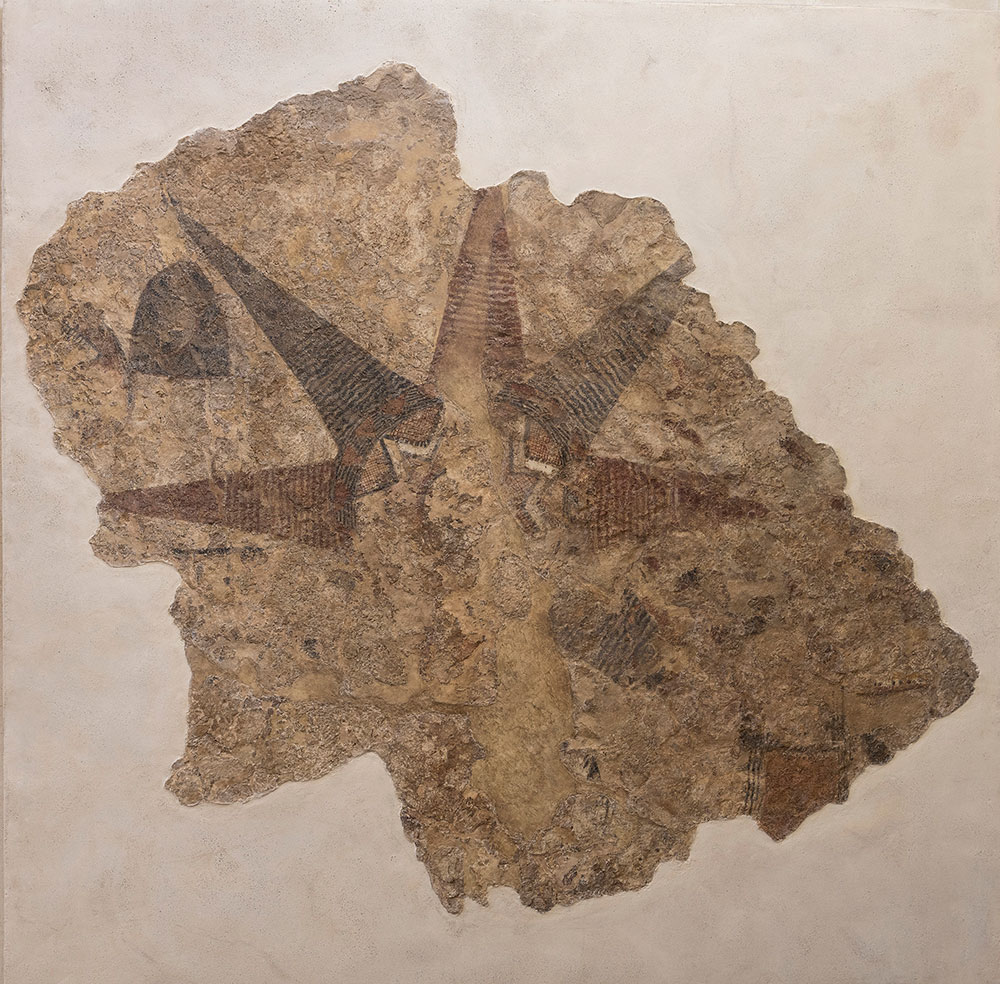
The Star of Ghassul. Teleilat Ghassul, late Chalcolithic period, 6,000 Before Present. Fresco: plaster and pigments. Israel Antiquities Authority. Photo © The Israel Museum, Jerusalem, by Laura Lachman
- May 08May 15May 22May 29
- May 08May 15May 22May 29
- May 08May 15May 15May 22May 29
- Apr 21Apr 24Apr 28May 05May 08May 12May 15May 19May 22May 26May 29
- May 08
- Apr 24May 08May 15May 22May 29
- Apr 21Apr 24Apr 28May 05May 08May 15May 19May 22May 26May 29
- Apr 26May 02May 03May 09May 10May 16May 17May 23May 24May 30May 31
- May 03May 10May 17May 24May 31
- Apr 21Apr 28May 05May 12May 19May 26
- May 05May 12May 19May 26
- May 06May 13May 20May 27
- May 06May 13May 20May 27
- May 13May 20May 27
- May 15
